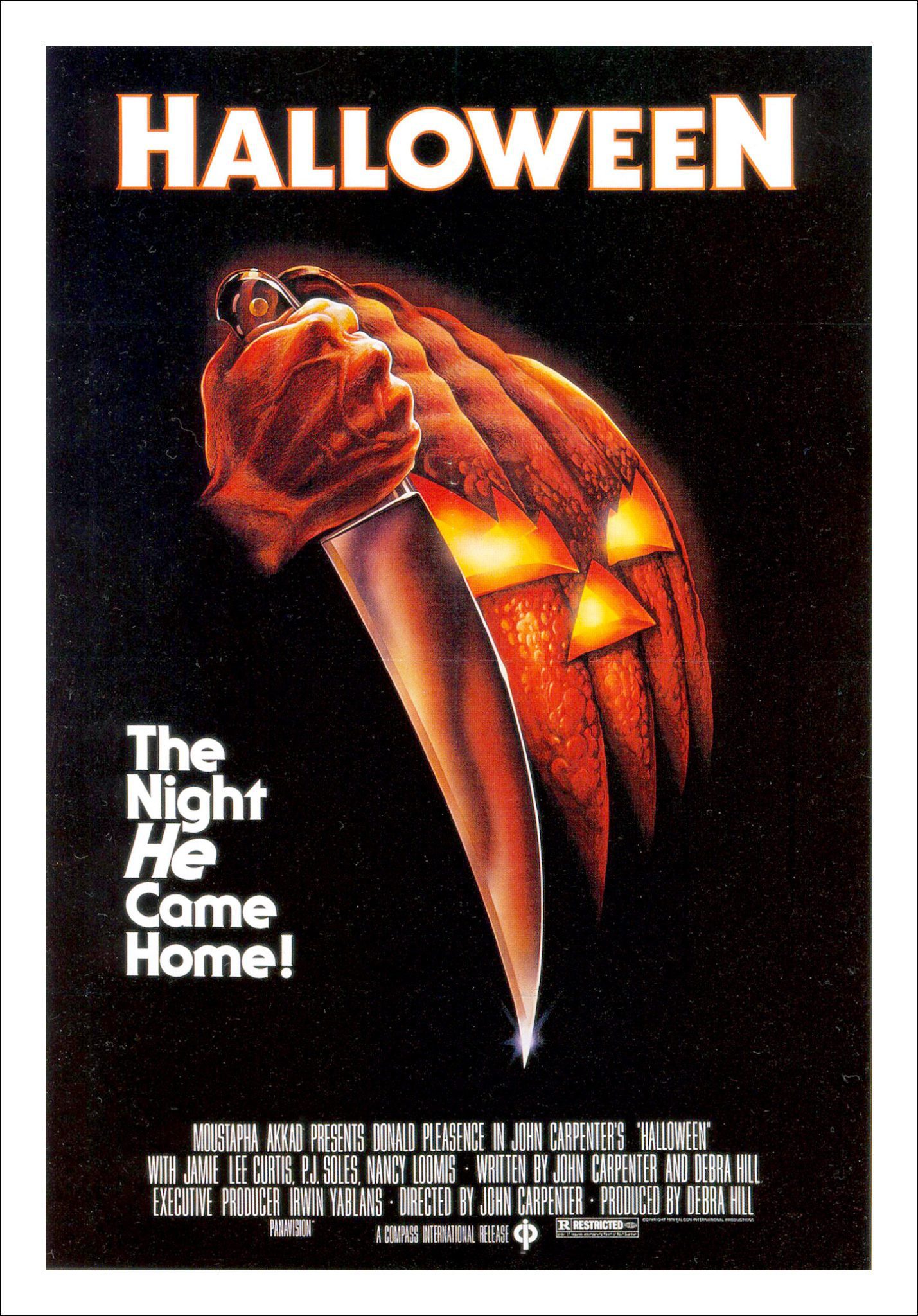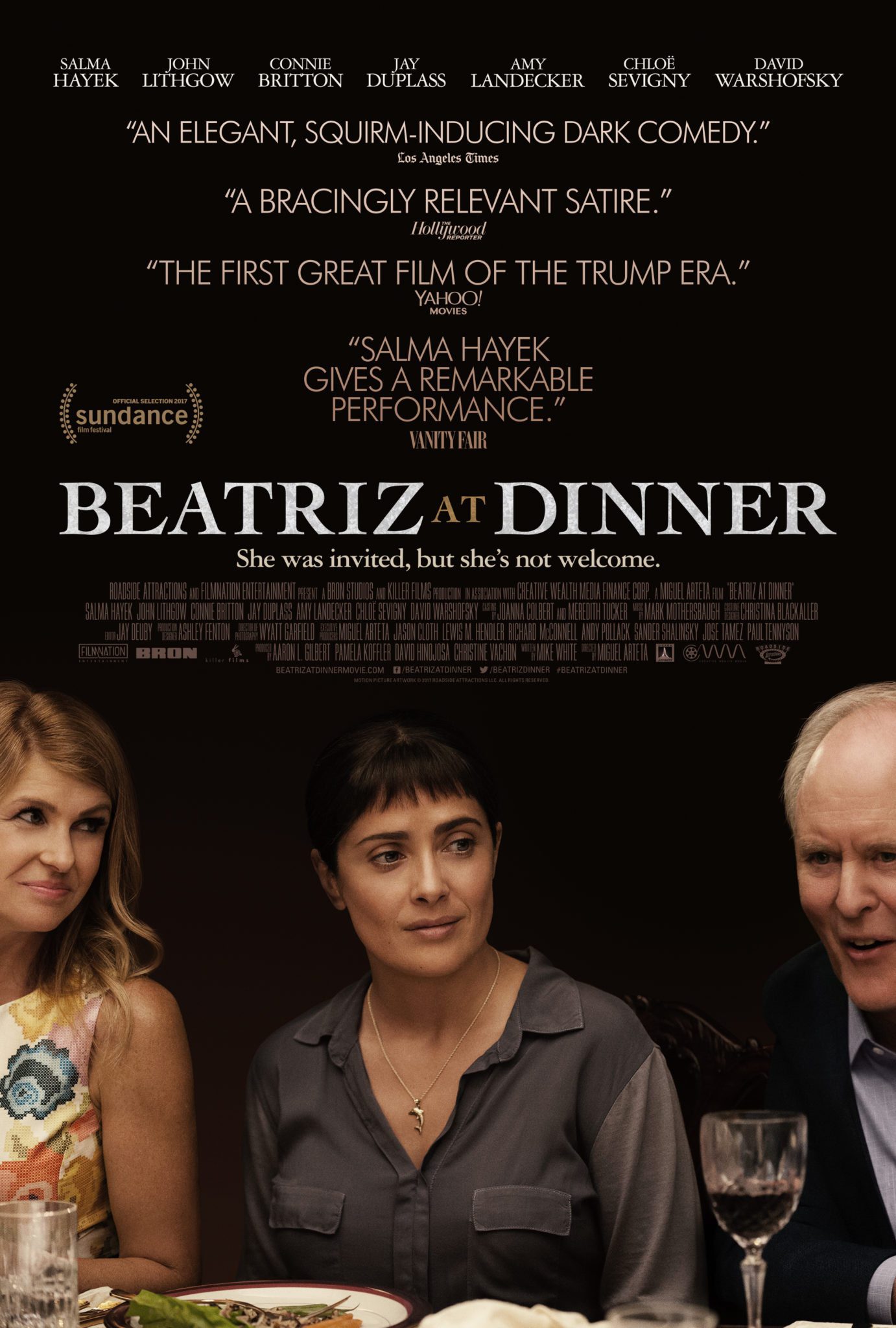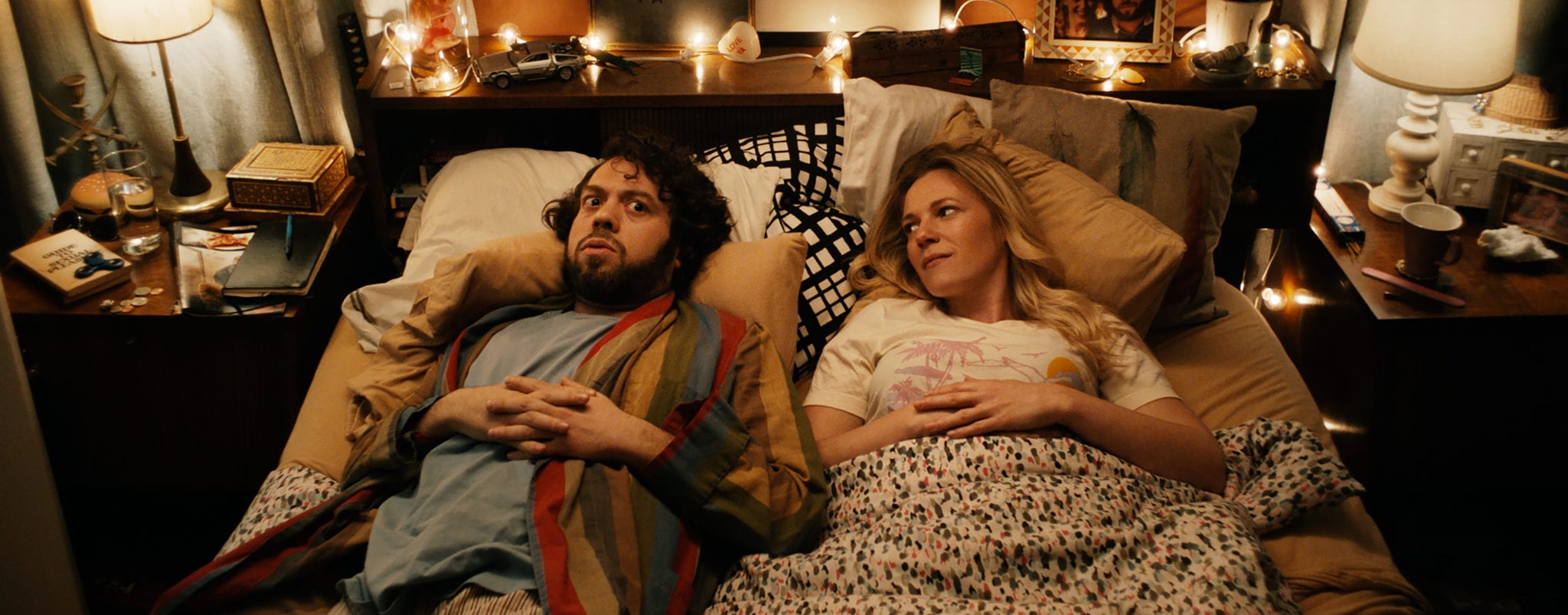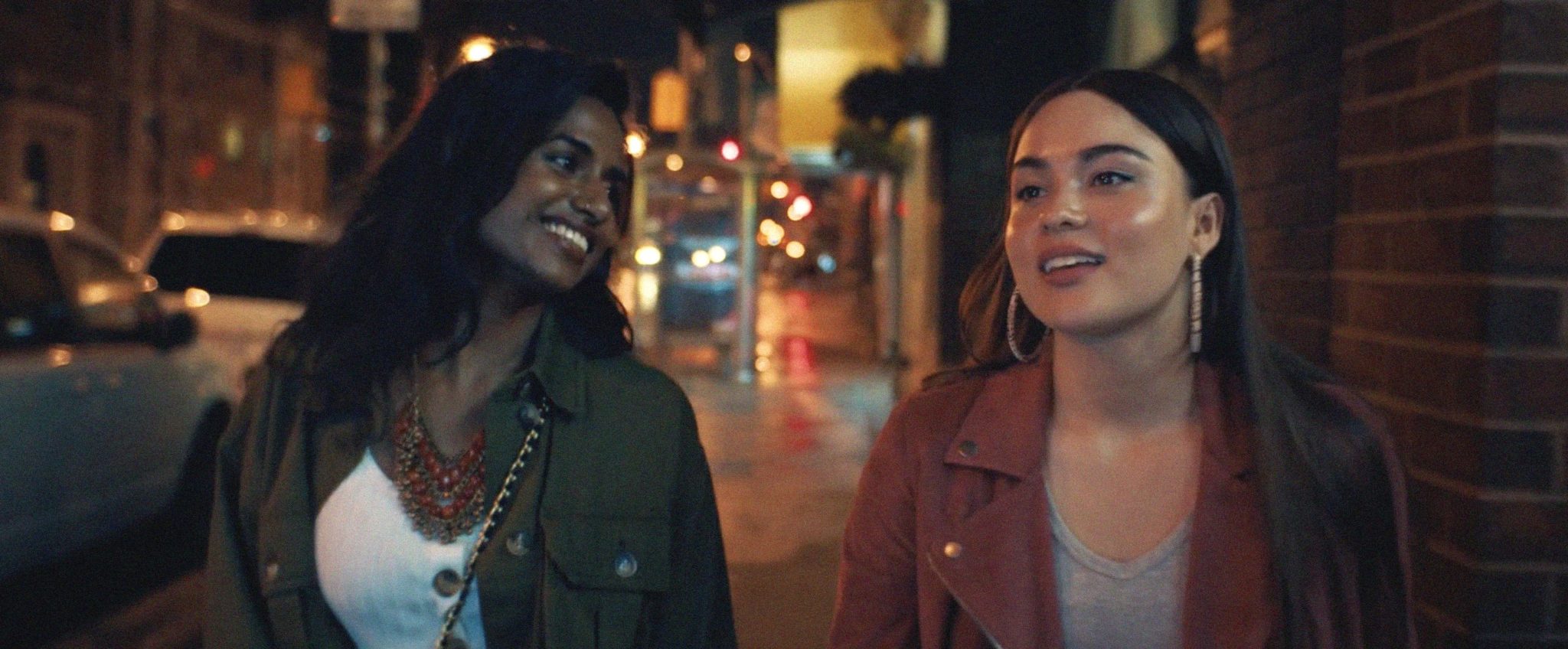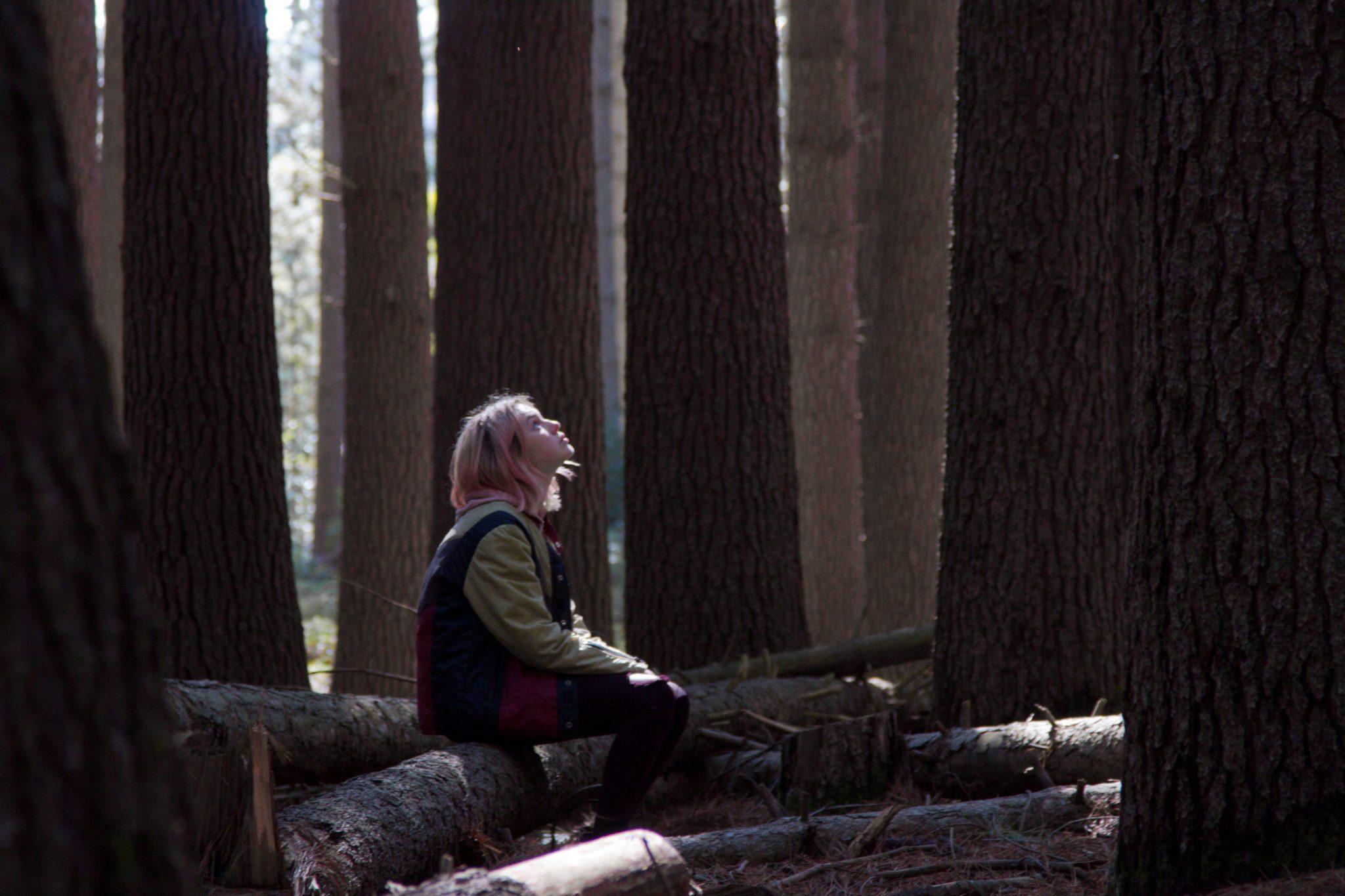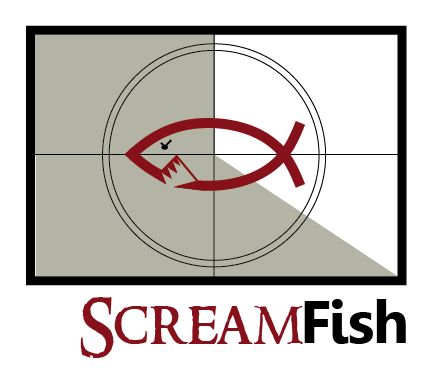 For years, we thought the most frightening thing about William Shatner was his acting. Then, in 1978, an enthusiastic group of creators took a rubber mask molded in his likeness, mussed the hair, widened the eyes and painted it white. And moviegoers everywhere experienced terror like never before.
For years, we thought the most frightening thing about William Shatner was his acting. Then, in 1978, an enthusiastic group of creators took a rubber mask molded in his likeness, mussed the hair, widened the eyes and painted it white. And moviegoers everywhere experienced terror like never before.
Nearly forty years on, nearly everyone knows that fun little piece of trivia about Halloween?when the production crew couldn?t come up with the right mask, director John Carpenter sent his prop guys down to the local five and dime and they came back with James T. Kirk himself (albeit a $1 imitation, if the legend is to be believed). And most folks have heard about how dried, fallen leaves had to be brought in and distributed around the outdoor sets to simulate fall, because the film was actually shot in spring when there were barely any leaves left and most trees were budding.
An interesting, slightly more obscure fact is that the film came this close to being called The Babysitter Murders, and was supposed to take place over the course of a few days. But because the budget was so tiny, scene and wardrobe changes had to be kept to a minimum. Thus, the finished story all took place around the single scariest day of the year, and the logically appropriate title of Halloween was chosen.
Thank goodness for the shoestring financing; it saved us from that dreadful working title (multiplied exponentially with nearly a dozen sequels) and gave us the iconic pasty-faced maniac, Michael Myers (still the best of the slashers, in my humble opinion). But more importantly, it proved that you didn?t need a multi-million dollar FX budget or constant gratuitous gore to be scary. Indeed, most of the violence in Halloween is tame compared to what?s on even network TV nowadays. But it?s so sneak-up-behind-you spooky you can wear the fabric off the edge of your seat waiting for Big Mike to drop the blade.
So join us, won?t you, as we celebrate the season with an intimate dissection of the film that started a genre and inspired hundreds of imitators.
Oh, happy, happy Halloween.
You are indeed a killer.
Before there was Jason or Leatherface or Chucky or Ghostface…
There was Michael Myers.
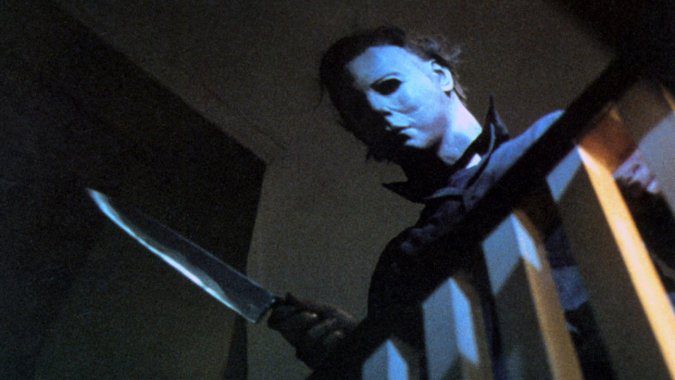
And nearly forty years later, Big Mike continues to prove you never really kill the slasher.
?Slasher,? was a term relatively unheard of until director John Carpenter unleashed Michael Myers onto the big screen?and the world?in 1978. But following the immediate success of the bare-bones-budgeted Halloween, critics were forced to come up with a name for the torrential wave of mass-murderer movies that followed. And thus, thanks to one tiny little 90-minute film that barely got made, an entire new category of horror was birthed.
Sure, you could argue that Psycho was the proud stepgrandparent of Halloween?and it would be a hard stance to deny. But even though Norman Bates was nuts, we still got to know, appreciate and possibly even sympathize with him. There was some semblance of order, of rationale, to his killings. Not so with Michael. He killed methodically, but wantonly. In the first sequel, three years later, a plausible explanation for his rampage was presented. But when audiences were first introduced to him, all they knew was that he was awful p-o?d about something?and no one was safe. And that is what made Halloween so very scary.
There?s no reason for little six-year-old Michael Myers to come home from trick-or-treating in his bright clown costume and hack his older sister, Judith, to pieces, but apparently it seemed like a good idea at the time. When his parents return from their night on the town, they little Michael, catatonic on the front lawn and still in costume, clutching a bloody butcher knife.
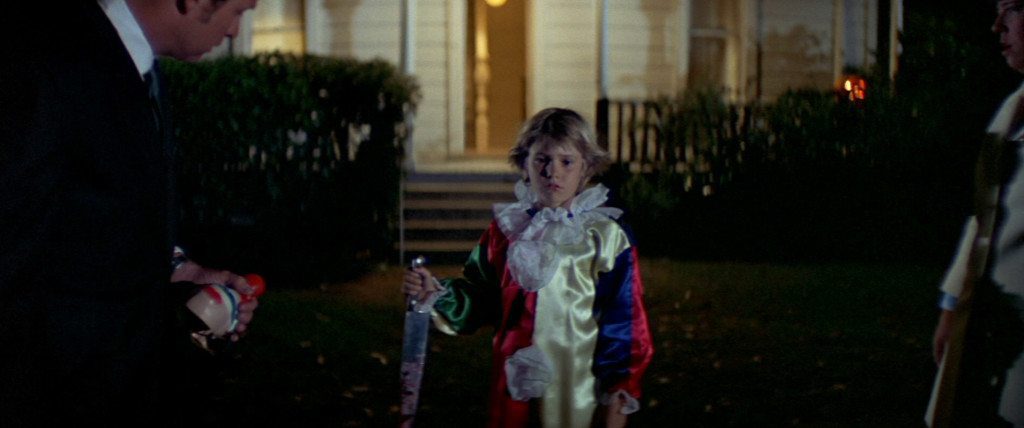
He?s sent away to a mental institution where he is treated over the next 15 years by psychologist Sam Loomis (the great Donald Pleasance). On the eve of his 21st birthday, the day before a court hearing is scheduled to determine if he will ever again be free, Michael breaks out of the sanitarium, steals a car and heads home to Haddonfield, Illinois to celebrate Halloween.
But he ain?t bobbing for apples.
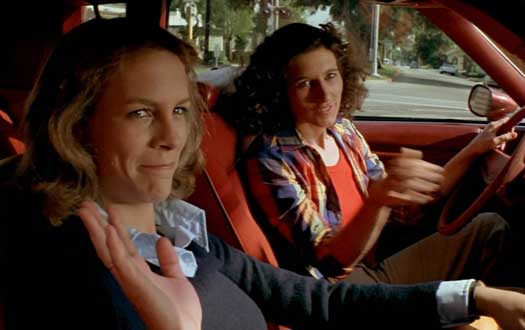
He begins to stalk a group of female high school friends, taking a special interest in quiet bookworm, Laurie Strode (Jamie Lee Curtis, in her debut role). That night, as kids in costume parade the streets begging for candy, Michael dons a new mask and hands out more tricks than treats.
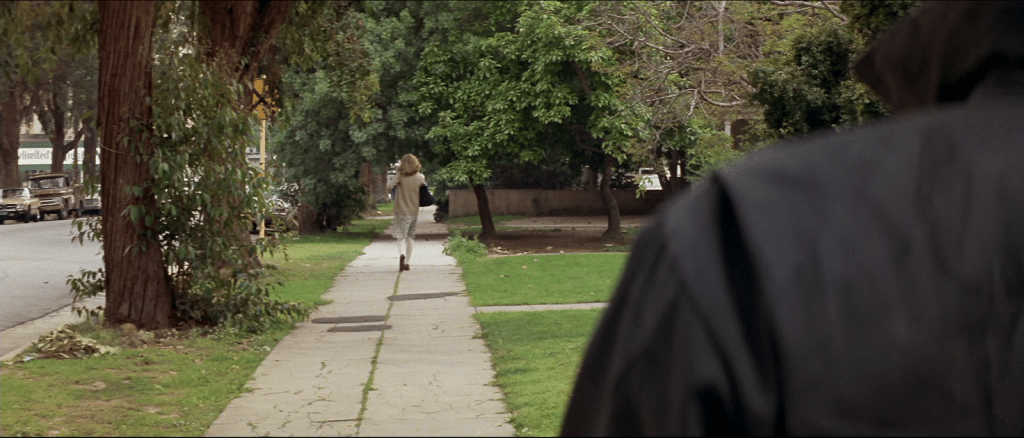
One by one, he picks off the girls?whether they be babysitting kids after the townsfolk turn off their porch lights, or entertaining their boyfriends while the grown-ups are away. As Laurie struggles to keep her youthful charges safe, Michael closes in for an all-out assault.
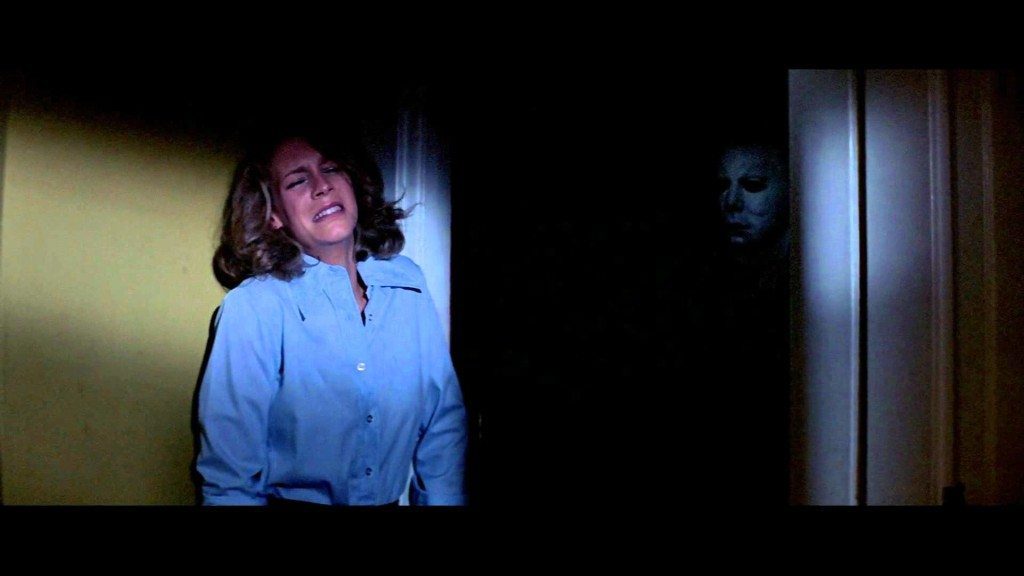
Hardening under the pressure, Laurie stares fear and Boogeyman Michael dead in the face and fights like a cornered wildcat. But no matter what she tries Michael keeps coming?
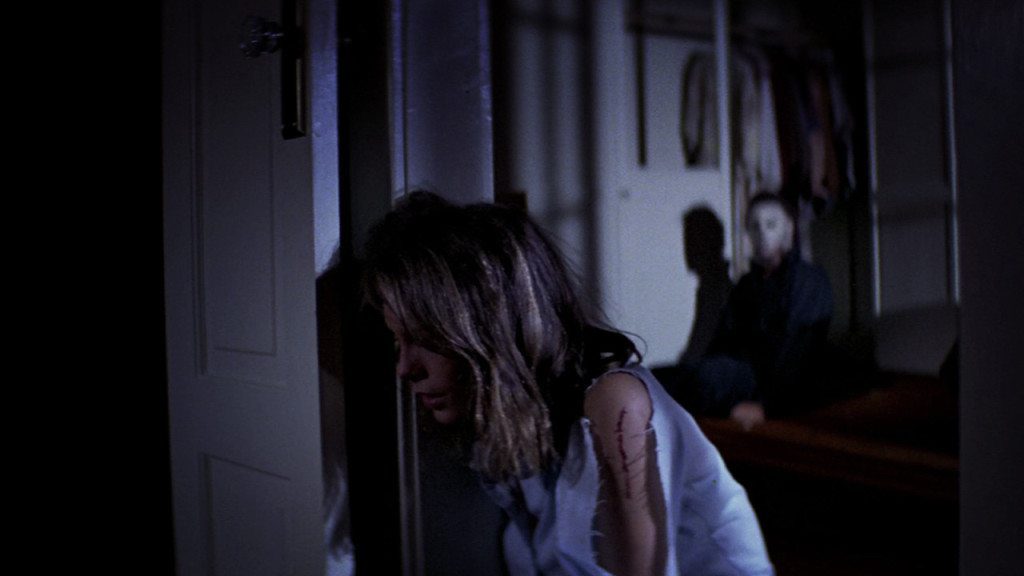
It?s easy to see why Halloween did so well at the box office (during it?s time, it was the most profitable movie ever in Hollywood). Laurie?s fight is our fight. Sure, we?re (hopefully) not being pursued by a relentless, homicidal madman. But every day, we?re fighting against an evil that just seems to have no rhyme nor reason?and frankly?no end in sight. In the early days of television journalism, the all too gruesomely accurate catchphrase was, ?if it bleeds it leads.? Nowadays, there?s no reprieve. It?s hard to guess what will lead, because nearly every broadcast is awash in a bloodbath of violence and immorality. And as technology continues to progress, we get the joy of a near-constant bombardment of negativity, with every ?news source? vying to see who will air the dirtiest laundry the fastest. And just like Michael Myers, the depravity seems just as irrational and unstoppable.
It was probably the same for Elijah.
He lifted his lone voice of reason against the drowning cacophonous madness of King Ahab, Jezebel and their nation of sin-filled followers. Baal worshipers, Ahab and Jezebel orchestrated massive fertility rituals in order to please their god and ensure a plentiful harvest. And they kept the blood on their hands nice and fresh, offering up babies for sacrifice as a regular part of their worship. Elijah spent nearly the entirety of his tenure as a prophet going head to head with them, proving God?s supremacy when fire literally rained down from heaven during a contest he devised to hush Baal?s faithful. Still, the pair refused to bend the knee. When Elijah is finally able to convince Ahab to repent, he still quarrels the with the evil Jezebel and her peach of a son, Ahaziah.
Along the way, when things start to get really rough, Elijah begs God to take his life. Instead, God responds by providing him food and drink via an angel, and commands him to get up and carry on with his mission. It?s not long after when God?s voice comes to him, not in the great wind, the earthquake or the fire, but riding on the breeze in a still, small voice that both comforts and challenges. Get up, and keep going, the Lord says.
Been tough? Yep. Keep going.
Will it get easier? Nope. Keep going.
Scared? Yep. Keep going.
And he did.
It?s the same fortitude Laurie showed when she kept getting back up to fight the immovable wall of Michael Myers. It?s the same heart we need to have?to keep?as we continue to face the brutality of the world that tries to keep knocking us down. It?s hard to keep the faith in light of all the insanity that seems to surround us more than ever. But we must look to God to remind us of the good that?s out there, to encourage us to keep taking the fight to the Boogeymen?to keep going when we want to give up, even if it means facing an evil that is so much bigger than we are.
Keep going.
Halloween can only last so long.

